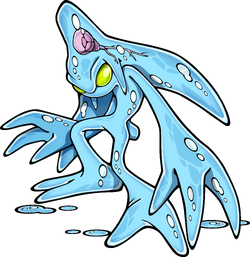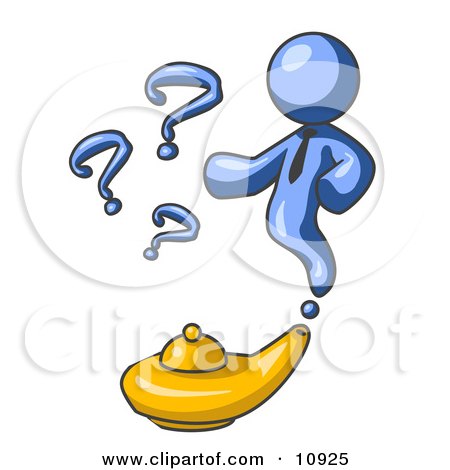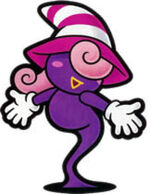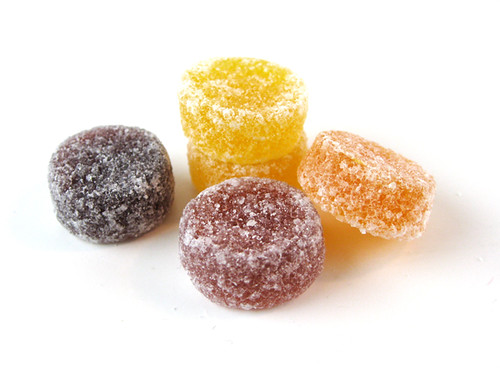



































 Again, I had to adapt the poses for my cat's small, squishy body, so I tried to add subtle squash and stretch to the paws and feet. I'm really pleased with how this turned out; I didn't expect to get it right first time but the timing seems to work well, so I don't think I need to change anything at the moment.
Again, I had to adapt the poses for my cat's small, squishy body, so I tried to add subtle squash and stretch to the paws and feet. I'm really pleased with how this turned out; I didn't expect to get it right first time but the timing seems to work well, so I don't think I need to change anything at the moment.
 I then went back to layer 1 and opened the Actions for the last frame of the run cycle, then selected "Gotoandplay (1)" from Timeline Control to make it loop until the cat is clicked.
I then went back to layer 1 and opened the Actions for the last frame of the run cycle, then selected "Gotoandplay (1)" from Timeline Control to make it loop until the cat is clicked. At first I had problems trying to get the second part of the animation running back into the loop once it had finished, but I eventually realised that Scene 2 doesn't need any actionscripting at all so can just be left alone. Pasting the run cycle after the trip/fall also helped the flow of the loop, and now its working really well! Unfortunately I can show the click test here since Blogger won't accept Flash files, but now that I've figured what actionscripting needs to be used, it should be easy to add last part of the animation to Scene 2 once its finished. The only flaw I can see now is that the eighth frame of the run cycle only seems to last for one frame instead of two, which looks a little odd while its playing. I think it must be because the loop action can only be added to the original frame rather than the extra one I inserted... So I'll try removing the extra frame and just pasting the eighth frame again instead.
At first I had problems trying to get the second part of the animation running back into the loop once it had finished, but I eventually realised that Scene 2 doesn't need any actionscripting at all so can just be left alone. Pasting the run cycle after the trip/fall also helped the flow of the loop, and now its working really well! Unfortunately I can show the click test here since Blogger won't accept Flash files, but now that I've figured what actionscripting needs to be used, it should be easy to add last part of the animation to Scene 2 once its finished. The only flaw I can see now is that the eighth frame of the run cycle only seems to last for one frame instead of two, which looks a little odd while its playing. I think it must be because the loop action can only be added to the original frame rather than the extra one I inserted... So I'll try removing the extra frame and just pasting the eighth frame again instead.


 I also tried to make the cat's feet squash slightly more when in contact with the ground to show his weight and to again emphasise how soft he if really. Overall I'm really pleased with how the run turned out! I was afraid it would be too fast once I'd got it playing on Flash, but it seems to be just the fight speed for what I want at the moment, since I want the kitty to be running in fear and confusion. Now I can add the rest of the detail and concentrate on animating his tail.
I also tried to make the cat's feet squash slightly more when in contact with the ground to show his weight and to again emphasise how soft he if really. Overall I'm really pleased with how the run turned out! I was afraid it would be too fast once I'd got it playing on Flash, but it seems to be just the fight speed for what I want at the moment, since I want the kitty to be running in fear and confusion. Now I can add the rest of the detail and concentrate on animating his tail.


 This is my storyboard for my 5 second cycle animation. My character will start off running, then trip when clicked and fall into a tumble/roll before landing hard on the floor. He'll then push himself up and look left and right for whatever tripped him, then look to the front and discover the 'wall' (the computer screen to the viewer), which he'll test. By doing so he discovers something/one is there watching him, so he yelps/jumps in shock and runs again, freaked out, allowing the animation to loop back to the beginning. I didn't just want a normal fall because I felt that would be too boring and not comical enough, so a roll should be much more exaggerated and interesting to watch. I'm hoping this is a pretty fun idea (it feels fun to me!), so I'm looking froward to animating my clumsy kitty~
This is my storyboard for my 5 second cycle animation. My character will start off running, then trip when clicked and fall into a tumble/roll before landing hard on the floor. He'll then push himself up and look left and right for whatever tripped him, then look to the front and discover the 'wall' (the computer screen to the viewer), which he'll test. By doing so he discovers something/one is there watching him, so he yelps/jumps in shock and runs again, freaked out, allowing the animation to loop back to the beginning. I didn't just want a normal fall because I felt that would be too boring and not comical enough, so a roll should be much more exaggerated and interesting to watch. I'm hoping this is a pretty fun idea (it feels fun to me!), so I'm looking froward to animating my clumsy kitty~

 I then remembered the Blue Nosed Bear and his friends all have patches and are usually a little sad looking or seem bewildered, making them look adorable. Their designs are typically traditional, but still very sweet and good for
I then remembered the Blue Nosed Bear and his friends all have patches and are usually a little sad looking or seem bewildered, making them look adorable. Their designs are typically traditional, but still very sweet and good for
 And here are some other cartoon cat references that I found useful or liked the shapes of:
And here are some other cartoon cat references that I found useful or liked the shapes of: My notes on what I thought of each idea are written on the page... hopefully they're readable if you click on the scan to enlarge it. I liked the bottom two best, but since I'm going for cute and pitiful, I didn't think the drawing on the right would be quite suitable on account of it looking rather sly and haughty... Plus as much as a love that curved, crescent moon shape while its laying down, I don't think it'd work standing on two legs. So in the end I decided to go with the left drawing which is much cuter and more rag-doll like, which is what I was aiming for. I incorporated the patches and different sized eyes from the references, and got the idea to tie a knot in its tail to make the tail look more like an old strip of cloth, and to make its whiskers bent. I'm quite pleased with the design and I like it a lot. Below is the refined version with some expression experiments to get an feel for how the character will react to things. I exaggerated the ears to make them much larger so the can be used along with the facial expression to convey emotion. Flat ears are a great way of showing sadness, and are perked up ears for surprise or fear.
My notes on what I thought of each idea are written on the page... hopefully they're readable if you click on the scan to enlarge it. I liked the bottom two best, but since I'm going for cute and pitiful, I didn't think the drawing on the right would be quite suitable on account of it looking rather sly and haughty... Plus as much as a love that curved, crescent moon shape while its laying down, I don't think it'd work standing on two legs. So in the end I decided to go with the left drawing which is much cuter and more rag-doll like, which is what I was aiming for. I incorporated the patches and different sized eyes from the references, and got the idea to tie a knot in its tail to make the tail look more like an old strip of cloth, and to make its whiskers bent. I'm quite pleased with the design and I like it a lot. Below is the refined version with some expression experiments to get an feel for how the character will react to things. I exaggerated the ears to make them much larger so the can be used along with the facial expression to convey emotion. Flat ears are a great way of showing sadness, and are perked up ears for surprise or fear.




 I also tried to make the hair bounce up and down a little with the steps as shown above. While the timing's not perfect, I'm still quite pleased with the result as she seems to walk quite smoothly and the bounce in her step does show. I drew the frames on paper first, then scanned them and imported them into Flash to animate them, which is why the background looks so grainy. I also had to overlap the images to make the walk cycle (since I drew her moving across the paper rather than walking on spot), which is why the line of the paper edge appears half way through.
I also tried to make the hair bounce up and down a little with the steps as shown above. While the timing's not perfect, I'm still quite pleased with the result as she seems to walk quite smoothly and the bounce in her step does show. I drew the frames on paper first, then scanned them and imported them into Flash to animate them, which is why the background looks so grainy. I also had to overlap the images to make the walk cycle (since I drew her moving across the paper rather than walking on spot), which is why the line of the paper edge appears half way through.